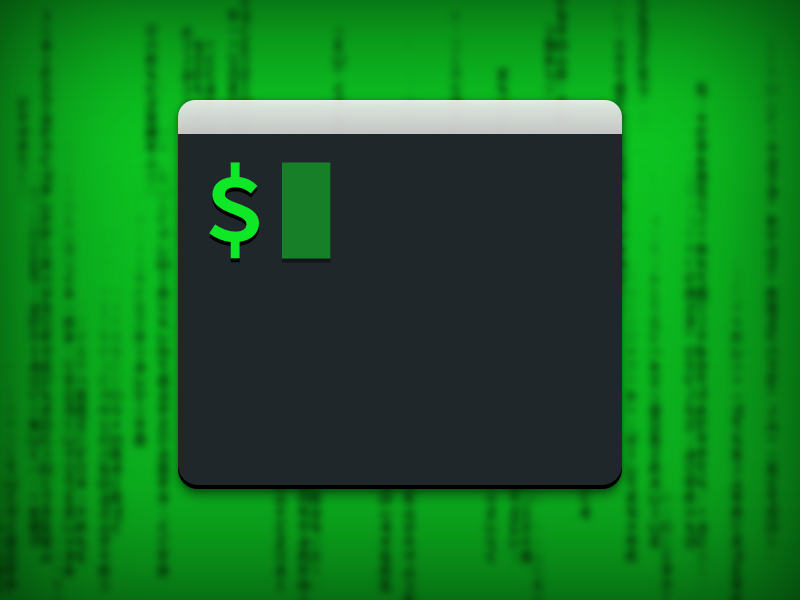

It would help me write more articles helpful to you in the future and I would really appreciate it. By default, there’s no keyboard shortcut to duplicate a tab for the same folder. This tutorial walks you through the details on how to set up this keyboard shortcut Open a New iTerm Tab in the Same Folder. If this blog post happens to be helpful to you, besides of leaving a reply, you may consider buy me a cup of coffee to support me. When using iTerm, you can create a key binding to duplicate an existing terminal tab and create a new session in the same folder. Check Use option as meta key on the bottom.Command +, to open the Settings of Terminal.Choose left option key as +Esc or both left and right option key on the bottom right corner.Command + O to open the iTerm2 profiles.Doesn't work in tmux.I am learning some bash shortcut keys in emacs mode in order to become a better sysytem administrator and just found that Alt+* shortcut keys can't be used in my MacBook Air within iTerm2 and default Terminal.Īccording to this post Bash keyboard shortcuts in iTerm like Alt+d and Alt+f. Image viewer for iTerm2 (fork of term-img). imgcat: the sample imgcat implementationįrom the developer of iTerm2.fbpdf: a pdf viewer for the framebuffer.Replicate its level of functionality for a pdf viewer in the tmux+vim rewrite kitty support using escape codes instead of kitty icat.rewrite in real language (using ncurses?).It will just crash or fart or do something unexpected.

iTerm is not set up to work with these shortcuts by default but here's how you set them up: Open up iTerm2 preferences ( + ,) -> Profiles -> Keys -> Click on + icon (add new Keyboard shortcut). It would be nice to support a configurable make command. You might be familiar with shortcuts to skip a word () or go to start/end of the line (). The make command only works if you have a Makefile in the sameĭirectory as the PDF. the first created window gets 1, second 2 and etc. New Tab T Previous Tab Next Tab Close tab w You could move the tabs around using the following shortcut keys, but I rarely use them. There is defined shortcut for navigation between windows which is Opt + Cmd + Number where Number is a number of window. Known issuesĮarlier versions of the script worked well with tmux on iTerm. Following shortcuts allow me to open new terminals, move between them, close once I'm done with it. You can also put commands in $HOME/.config/termpdf/exithook, which will be iTerm2 recognizes three kinds of hotkeys: Toggle All Windows, Session. Things, to override the key mappings and tweak the print settings. A hotkey is a keypress that iTerm2 responds to even if another application is active. Go back in time and find earlier logs and comments. The terminal window will pop up as the full width of your screen. Set Up Hotkey Shortcut (Double-Tap ‘Option ( ) ‘). You can put any commands you want into $HOME/.config/termpdf/config, which 6 Useful Terminal Shortcuts for iTerm2 1. You can issue : style commands to a running instance of termpdf using the command

This is mostly useless from within the software, because bash's read commandĭoesn't support customizable autocompletion when called within scripts. :gui open the document in your default viewer There is also mostly undocumented support for : style commands, e.g., You can override them in the config file if you These commands are all set by the keys() function. Y ': yank from current page to mark and save as pdf r: refresh display R: reload document r: rotate degrees (0=0 1=90 2=180 3=270) t: view entire document as text in less T: view current page as text in less M: remake document a: annotate in split pane q: quit h: view this help u: user definable function ': go to page stored in register g ': go to to page in register


 0 kommentar(er)
0 kommentar(er)
